The University of Chicago Press, Chicago 60637
The University of Chicago Press, Ltd., London
2012 by The University of Chicago
All rights reserved. Published 2012.
Printed in the United States of America
21 20 19 18 17 16 15 14 13 12 1 2 3 4 5
ISBN-13: 978-0-226-49254-4 (cloth)
ISBN-13: 978-0-226-00211-8 (e-book)
ISBN-10: 0-226-49254-0 (cloth)
Library of Congress Cataloging-in-Publication Data
Long, John A., 1957
[Hung like an Argentine Duck]
The dawn of the deed : the prehistoric origins of sex / John A. Long.
pages ; cm
Originally published under the title: Hung like an Argentine Duck: a journey back in time to the origins of sexual intimacy
Includes bibliographical references and index.
ISBN 978-0-226-49254-4 (cloth : alkaline paper)
ISBN 0-226-49254-0 (cloth : alkaline paper)
ISBN 978-0-226-00211-8 (e-book) 1. Sex (Biology) 2. Evolution (Biology) 3. Sexual behavior in animals. 4. Sexual instinct. 5. Sexual selection in animals. I. Title.
QH481.L66 2012
573.6374dc23
2012007439
 This paper meets the requirements of ANSI/NISO Z39.481992 (Permanence of Paper).
This paper meets the requirements of ANSI/NISO Z39.481992 (Permanence of Paper).
THE DAWN OF THE DEED
The Prehistoric Origins of Sex
JOHN A. LONG
The University of Chicago Press
Chicago and London
For Heather: my best friend, beloved wife, and fun-loving, fossil-hunting companion
CONTENTS
FOREWORD
Born and raised in Buenos Aires, Argentina, I speak with authority when I say that Argentines are going to find this new book irresistible. Adding to their pride as the self-proclaimed country with the most beautiful women (who even charmed the young Charles Darwin during his famed journey on HMS Beagle) and the most delicious beef, the attributes of the Argentine duck Oxyura vitatta will undoubtedly augment Argentinians T. rex appetite for superlatives. I say this with delight because this curious duck whose penis is as long as its body gives us another startling example of the wonders of nature and makes us ponder the evolutionary origin of complex biological structures.
At a recent lecture at UCLA on the early evolutionary history of birds (or we may say the late evolution of dinosaurs), I was somewhat astounded by a totally unexpected question. After my talk a young student seemed neither interested in the remarkable menagerie that flew over the heads of dinosaurs nor in how animals close to the fearsome T. rex became transformed into the gracious hummingbirds that visit our gardens. Instead, all she wanted to know was how Stegosaurus did it! Taken aback, I managed barely but rather humorously to reply, With difficulty, I suppose as if having an enormous chubby body, four rather short legs, and a back lined with sharp plates and spikes were altogether a good recipe for easy sex. Upon recovering I went on to describe how dinosaurs presumably had penises. Also, how the size of these animals, and in some instances, their elaborate body gear, was suggestive of these sex organs being rather large although no-one has yet discovered a dinosaur with a fossilized penis. My initial reaction notwithstanding, the fossil record tells us that stegosaurs were a highly successful group of dinosaurs which diversified over more than 50 million years a feat that undoubtedly underscores how copulation was probably not as difficult as it may appear. Such flourishing evolutionary history also stresses the fact that in nature, size does indeed matter! We evolutionary biologists are very much aware that size is an undeniable driving force in evolution, and that during the history of a lineage, changes in size are often either preceded or followed by modifications in structure and/or function. We can only speculate and wonder about the changes in the shape and size of reproductive organs, as well as sexual behaviors that may have taken place as dinosaurs such as stegosaurs evolved their gargantuan sizes and elaborate body gear from substantially smaller and less ornate forebears.
Yet, as John Longs new book so vividly illustrates, the tantalizing image of an intimate moment between two stegosaurs is merely a drop in the pond of evolutionary experimentation in sex. The careful examination of a rich diversity of sexual strategies contained in these pages makes us reflect on how nature speaks with a remarkable degree of tolerance on a subject on which we often remain intolerant. This tour de force on the plurality of sex in nature should drive home the realization that when it comes to our own sexuality, there is little we should regard as unnatural.
Luis M. Chiappe
Dinosaur Institute
Natural History Museum of Los Angeles County
PREFACE
Sex, Death and Evolution
The great English Romantic poet Percy Bysshe Shelley, perhaps the most accomplished lyricist of all time, died on 8 July 1822 in a tragic accident when an unexpected storm sunk his schooner, the Don Juan, also taking the lives of his lover, Edward Elliker Williams, and boat boy, Charles Vivian. Two years later his poem The Boat on the Serchio, believed to be Shelleys tribute to Williams, was published. His metaphorical reference to the intimate act of orgasm The wave that died the death which lovers love captures the essential poetic beauty of the experience of orgasm. Shelleys words also bring to mind the French concept of La Petite Mort, which embodies the feeling of dying at time of the orgasm. Death and sex intimately linked.
Back in the 1600s, people would regularly gather to watch a public hanging. After all, there wasnt television or newspapers in those days. Regular observers of such macabre events would note that the poor mans last moments were often accompanied by an erection. Ejaculation would often follow, usually immediately after death. In recent times medical science has clarified that loss of oxygen to the head stimulates erotic feelings. Positron emission tomography (PET) scans of the human brain during orgasm show a depletion of blood supply to the specific area (the orbitotemporal region) that directs behavior. Dieter Vaitl, of the University of Giessen, and his colleagues reviewed the activity of the brain during altered states of consciousness. They relate how the brain goes through a momentary loss of consciousness at the time of orgasm, in effect a miniature death at the time of ejaculation.
Add to this mix several famous cases of erotic asphyxiation where sexual partners (or one person alone) try to almost strangle one another to deplete oxygen and heighten orgasmic intensity. Although Australian rock star Michael Hutchence from the band INXS may have been a high-profile example of this, none could be more infamous than the case of a Japanese woman named Sada Abe. Abes fame arose from an incident in which she killed her lover, Kichizo Ishida, on 18 May 1936 by wrapping her obi (or traditional sash) around his neck and strangling him. This came only days after heated sessions in which the pair had repeatedly used their belts to cut off each others breathing during orgasm to increase its intensity. However, after killing her lover, Abe cut off his penis and testicles and carried them around in her handbag for the next three days, until she was arrested. Perhaps this is taking a good time just a bit too far. Nonetheless, the tale demonstrates that we humans have a complex and highly variable sexuality. Sometimes its extreme pursuits lead to our demise, much like the fate of the male praying mantis. But in the vast majority of cases it results in the increase of our species population and broadens our genetic variability, much as it is supposed to.
The ultimate link between sex and death is evolution. Although a complex process, in essence evolution is the gradual transformation from one species to another over time as creatures adapt to environmental changes, or develop internal changes that enhance their ability to reproduce. In Charles Darwins day evolution was mainly seen as survival of the fittest, although he did recognize sexual selection as an important driver of evolution. Today no biologist would doubt that the complex reproductive behavior and physiology of organisms have evolved over time to elaborate levels. The great diversity of life on our planet is estimated at between 8 and 10 million species, with less than 5 per cent of these formally described (although 99 per cent of all species are insects, other invertebrates, bacteria and microorganisms). This highly successful diversification of life is indeed due mainly to efficient and sustainable methods of reproduction. Life first emerged from the primeval strands of self-replicating RNA that appeared on the Earth around 3.8 billion years ago to ultimately evolve and culminate in us humans, in all our guises and with all our fickle ways.
Next page
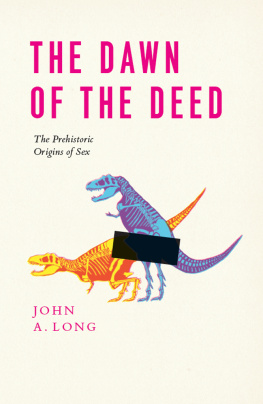
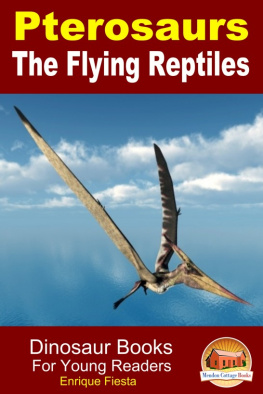
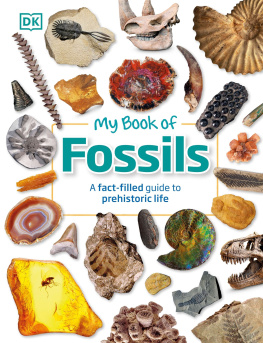
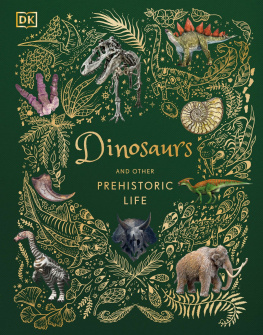
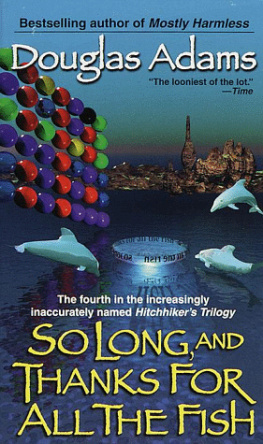
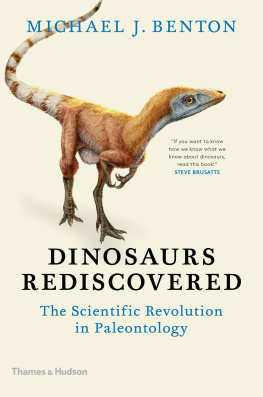
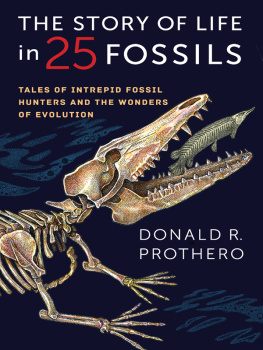
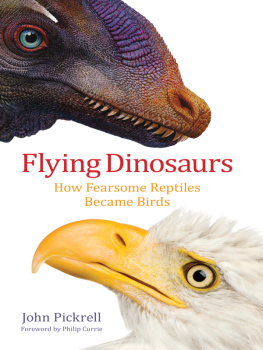

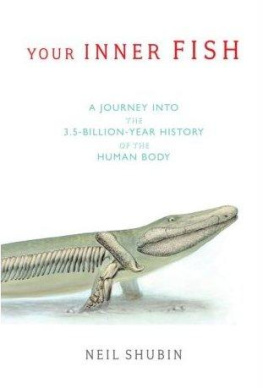
 This paper meets the requirements of ANSI/NISO Z39.481992 (Permanence of Paper).
This paper meets the requirements of ANSI/NISO Z39.481992 (Permanence of Paper).